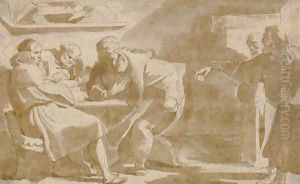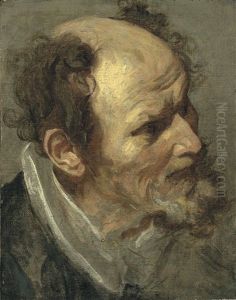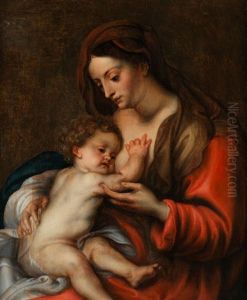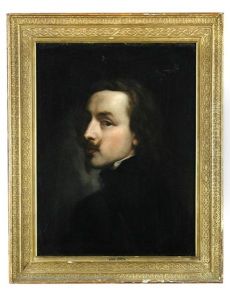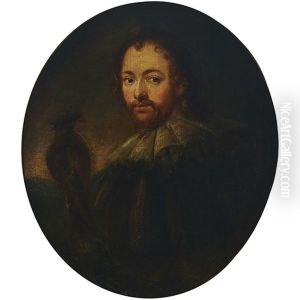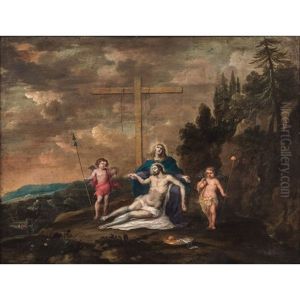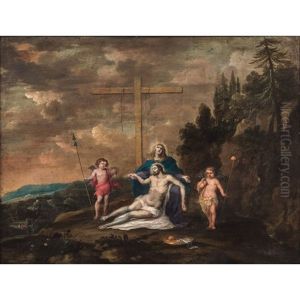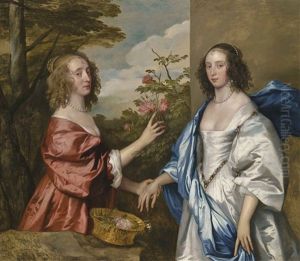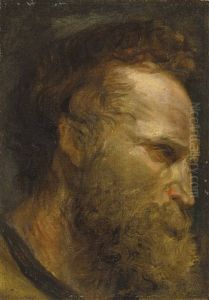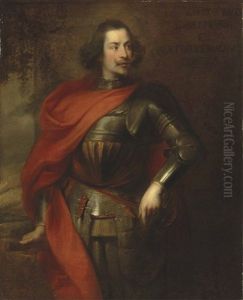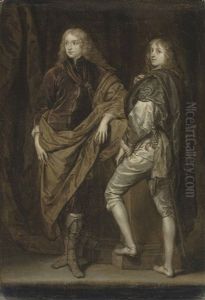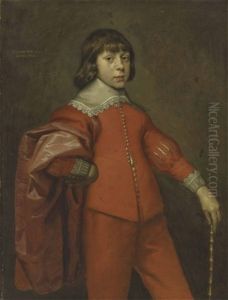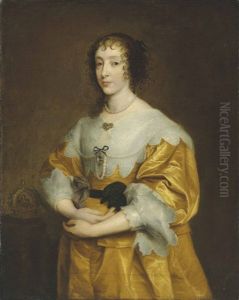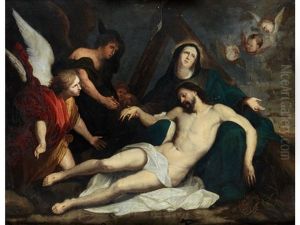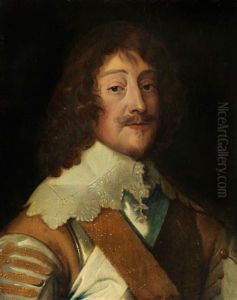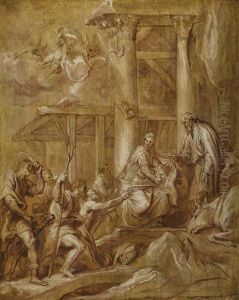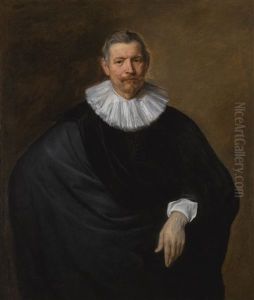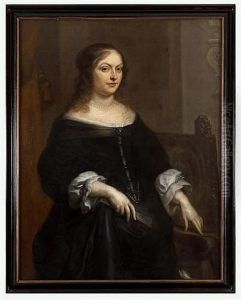Anthony Van Dyck Paintings
Sir Anthony van Dyck was a Flemish Baroque artist born on March 22, 1599, in Antwerp, which was then part of the Spanish Netherlands (present-day Belgium). He is best known for his elegant and insightful portraits, especially of Charles I of England and his court. Van Dyck was the seventh child of Frans van Dyck, a wealthy silk merchant, and his wife Maria Cuypers.
Van Dyck showed an early talent for painting and, at the age of ten, was already apprenticing with the leading painter in Antwerp, Hendrick van Balen. By the age of 19, he was a master in the Antwerp painters' guild. His early works were influenced by his teacher, Peter Paul Rubens, who was the dominant figure in Flemish art at the time and with whom van Dyck worked as an assistant for several years. Rubens had a substantial impact on van Dyck's style, which initially closely resembled that of his mentor, but van Dyck soon developed his distinct style that emphasized a more elegant and graceful approach to the Baroque aesthetic.
In 1620, van Dyck traveled to England, where he was employed by King James I. However, he did not stay long and soon left for Italy, where he remained from 1621 to 1627. His Italian period was crucial for his artistic development; he was deeply influenced by the works of Titian, which inspired him to adopt a warmer color palette and a more sensuous approach to painting. While in Italy, van Dyck worked for various patrons, including noble families and the Genoese aristocracy, creating both portraits and religious works.
Van Dyck returned to Flanders in 1627 and established a successful studio in Antwerp. However, in 1632 he was called to England by Charles I, who made him the principal court painter. This was a turning point in van Dyck's career, as he was knighted and given a pension. His portraits of the royal family and nobility are marked by an air of refinement and sophistication, capturing both the physical likeness and the psychological complexity of his subjects.
Van Dyck's influence on English portraiture was profound and long-lasting, setting the standard for elegance and grandeur that would persist for centuries. He introduced a more relaxed and graceful pose to the stiff portraiture of the time and employed a masterful technique of using fluid brushstrokes and subtle color nuances to capture the textures of fabrics and the softness of flesh.
Sadly, van Dyck's life was cut short by illness, and he died on December 9, 1641, in London. His legacy continued through his influence on later portraitists in England, including Sir Joshua Reynolds and Thomas Gainsborough. Van Dyck was also a proficient printmaker and left behind numerous etchings that further demonstrate his versatile talent.
